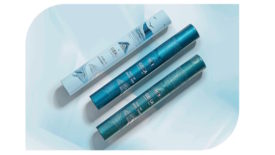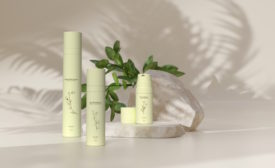Sustainable Packaging
National harmony needed in labeling and recyclability claims
Our federal government can play a transformative role in improving packaging recycling rates by endorsing national standards.
March 25, 2024
Interactive Packaging
A New Era of Packaging Design
For brands looking to craft memorable experiences for their customers, interactive packaging is a key strategy that businesses of all sizes can employ to drive deeper connections.
March 22, 2024
Mars furthers goal of using 100% reusable, recyclable, or compostable packaging
Ansys offers CPG giant a new approach to packaging development.
March 14, 2024












